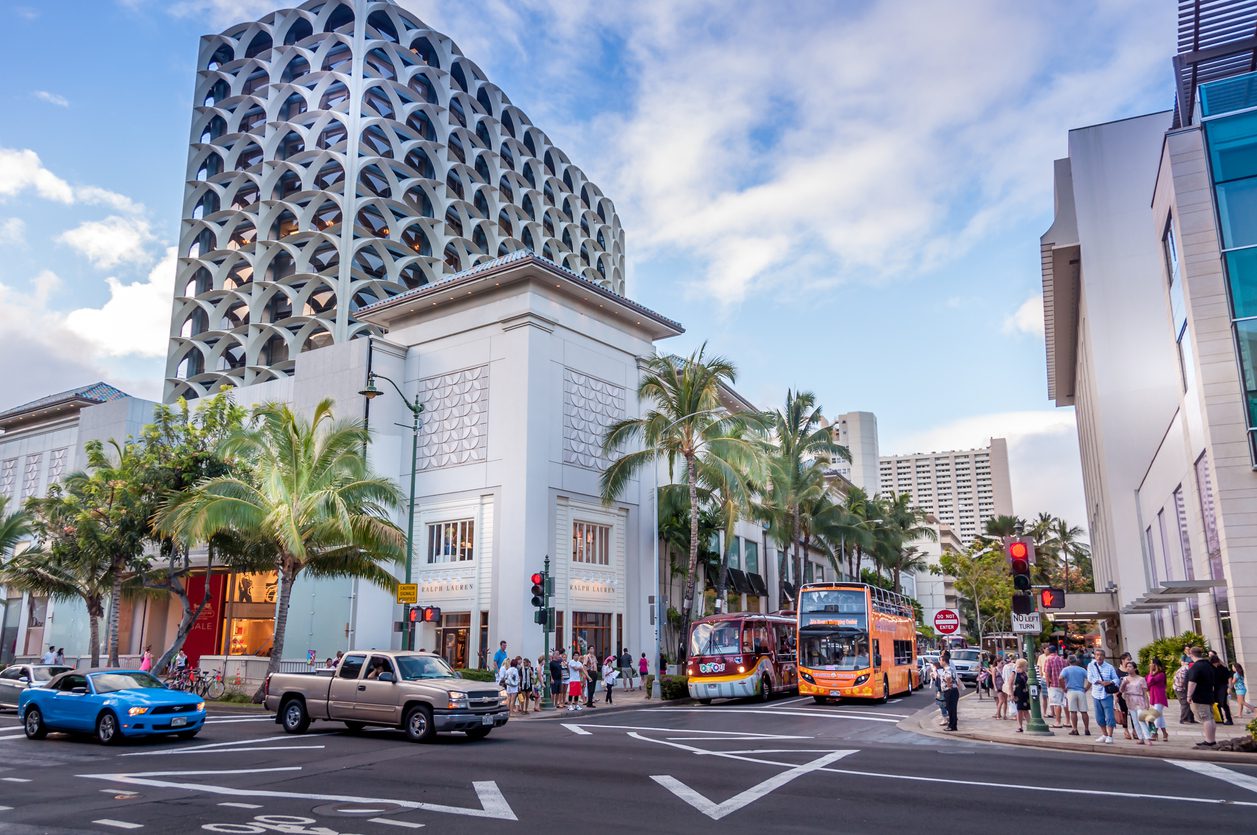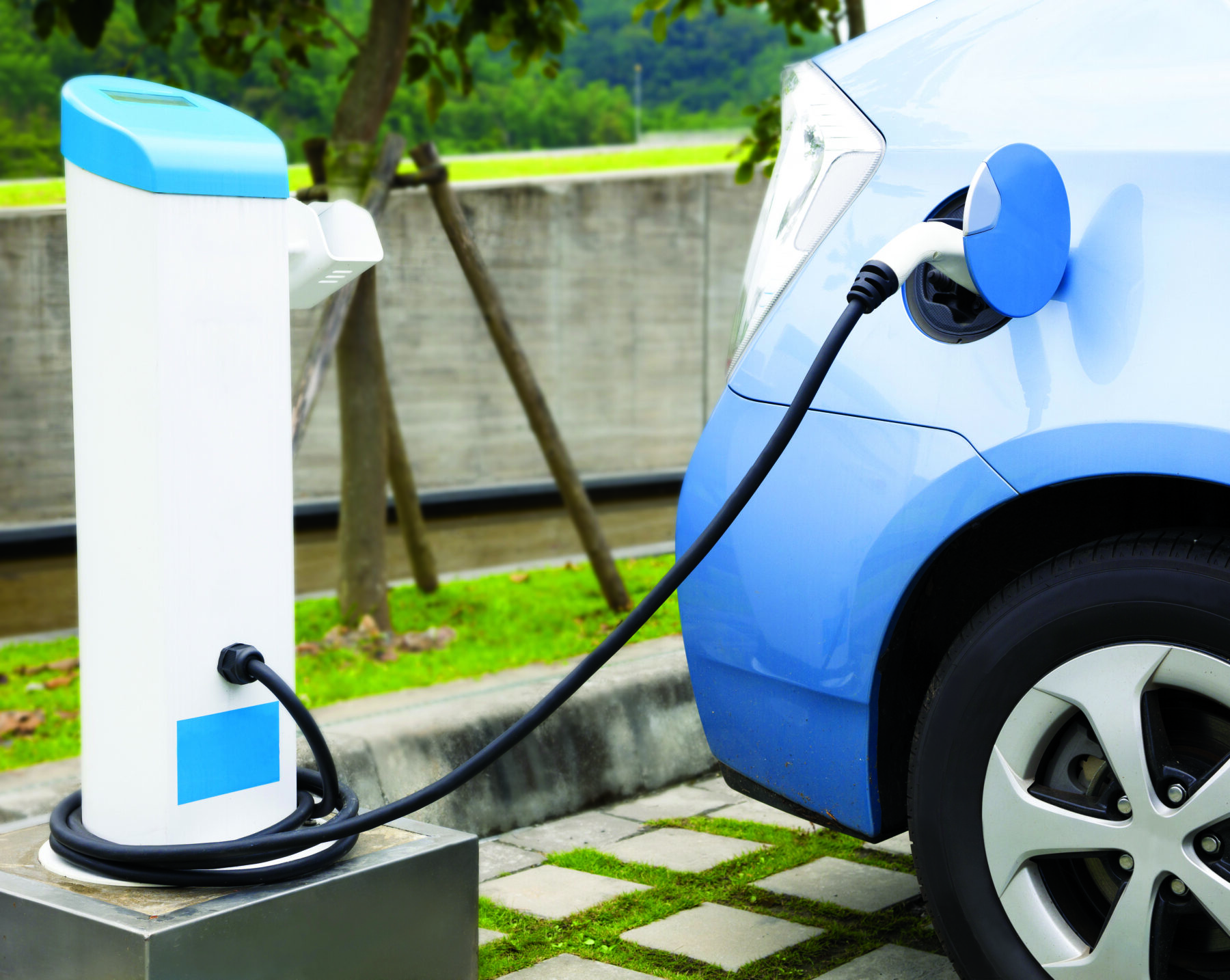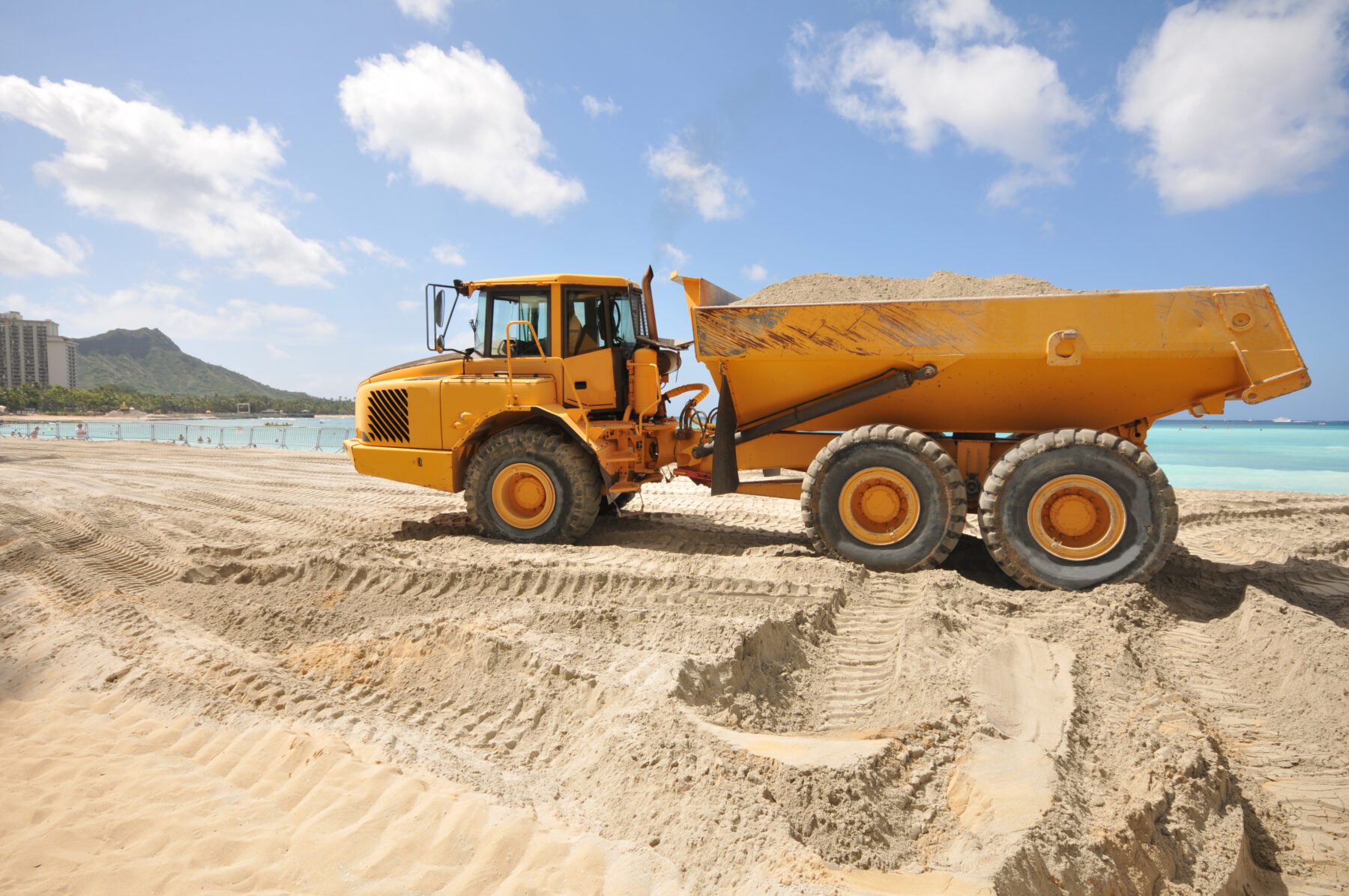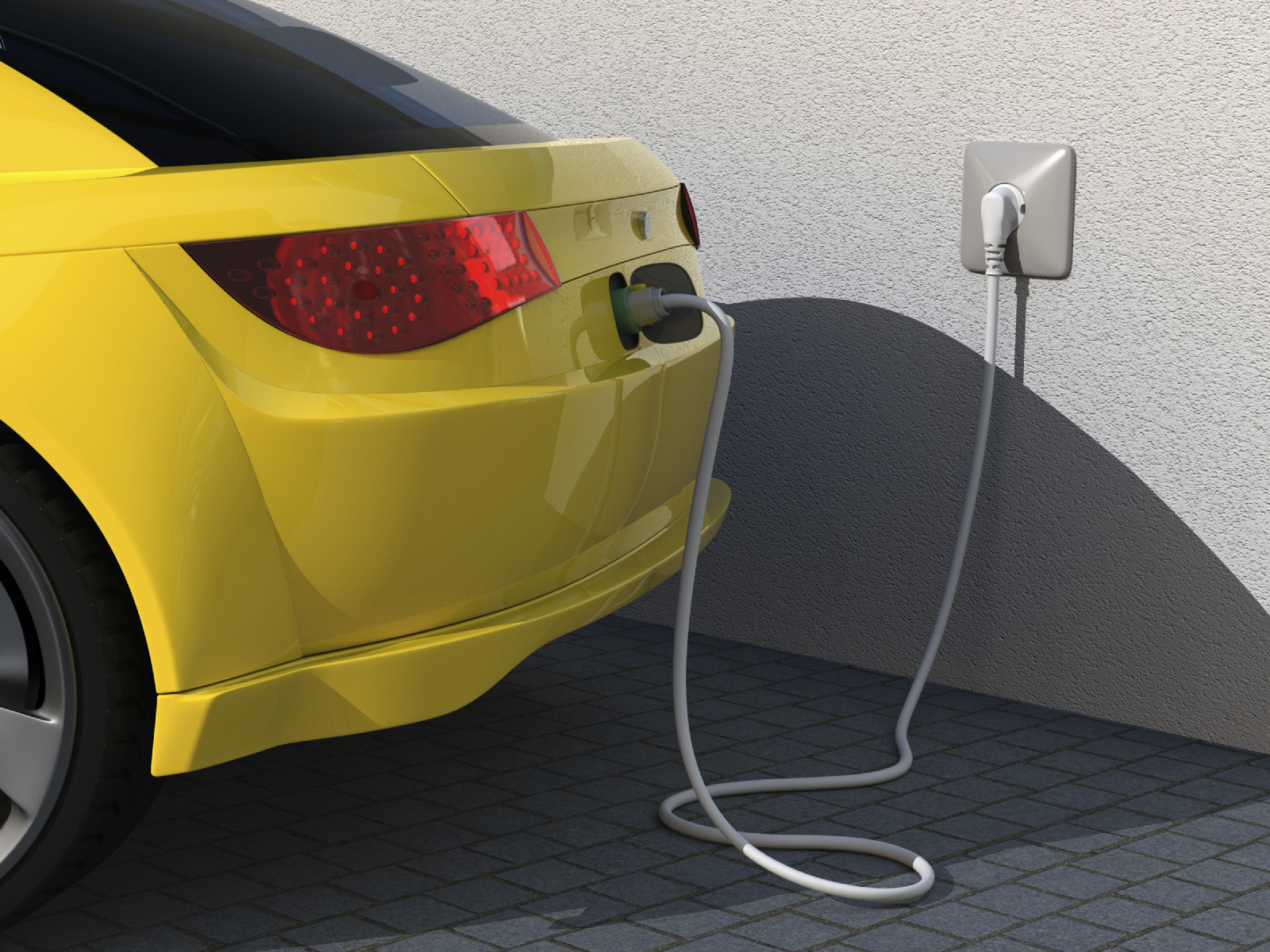
TRANSPORTATION
ENERGY USE DATA FOR TRANSPORTATION AND OTHER SECTORS IN HAWAI‘I
The transportation sector is a major user of energy in Hawai‘i. The transportation sector consumed about 57% of the primary energy used in Hawai‘i in 2019.
Within the transportation sector, jet fuel use was greater than all the other transportation fuel use combined.
As the State makes progress on the decarbonization of the transportation sector, HSEO will continue to have an increased focus on energy consumption in the aviation sector from both a decarbonization and energy security perspective. HSEO is looking at all aspects of transportation, quantity, modes, and fuels to support solutions to decarbonize Hawai‘i’s transportation sector.

EV CHARGING
The Hawai‘i State Energy Office has taken a leadership role in advancing clean transportation across Hawai‘i, including facilitating the deployment of zero emission vehicles and associated charging infrastructure. Advancing clean mobility options can directly support the challenges of modernizing our energy system and can reduce petroleum consumption and emissions in the transportation sector. To achieve the transition to a decarbonized transportation sector, HSEO works with federal, state, and county agencies; energy and transportation stakeholders; and the local community to encourage and facilitate adoption of clean transportation.
MAP OF Electric Charging stations IN Hawai‘i
Below are locations of DC, Level 2 electric charging stations in Hawaii. Click on a data point below for address and type of charging station.

AVIATION
Transportation accounts for more than half of Hawai‘i’s greenhouse gas emissions. Of that amount, 39% is attributed to domestic aviation. The aviation sector has long made up a significant portion of fuel use and emissions. There are several promising green technologies emerging in industry.
Alternative Fuel
Jet fuel drives a significant portion of demand for crude oil imports from foreign countries. One way to drive down the dependency of these imports is to produce more sustainable aviation fuels (SAF) from biofuel.
Hydrogen is also another promising zero-emission fuel source for aviation. When consumed in a fuel cell, the byproducts of hydrogen fuels is only water.
Electrification is also a promising option for short-haul flights such as those between islands in Hawai‘i. Electric motor aviation can take advantage of short 50- to 200-mile interisland flights that are fuel inefficient for traditional jets (because it takes time for jets to get to a fuel-efficient cruising altitude). Battery power is also much cheaper and quieter than jet fuel, promising to provide significant benefits to communities.
There is significant challenge in providing the power infrastructure to charge aircraft between flights. To this end, the Hawai‘i State Energy Office entered into a research agreement with the University of Hawai‘i and hired three data fellows. One key part of their work is modeling the impacts of fully electric aviation on the power infrastructure by utilizing the Engage energy modeling tool.
The energy storage density of batteries reduces the amount of people or cargo that be carried on long-haul flights. Therefore, battery power remains inefficient for long-haul flights in addition to the significant challenge in providing the power infrastructure to charge aircraft between flights.
ACTIVE TRANSPORTATION & MOBILITY IN GROUND TRANSPORTATION
Energy efficiency in the electric sector has always been a cornerstone of Hawai‘i’s decarbonization strategy, with the Hawai‘i Clean Energy Initiative having a goal to reduce energy consumption by 4,300 GWh or roughly 30%. As identified in the HCEI Transportation Energy Analysis ground transportation is another sector that the state has identified as having significant potential for energy savings in the near and midterm. It is imperative that Hawai‘i reduce the amount of energy for transportation demand. New efforts to expand mobility alternatives and improve the alignment of land use, transportation, and energy system planning support a more sustainable solution for Hawai‘i.
For context, the electric power sector accounted for 23.6% of petroleum use in 2018, compared to 27.4% for ground transportation and 33.9% for air transportation. Achieving a 100% renewable energy portfolio scenario for Oʻahu in Hawaiian Electric’s Power Supply Improvement Plan (PSIP) includes 1,000 to 2,000 MW of solar, which would require somewhere between 6,000 to 13,000 acres of open space. What is telling is that those scenarios incorporate less than half the electric vehicles and associated electricity demand that what would be required to power ground transportation. Those scenarios also include an assumption that every roof of every single-family home had enough solar on its roof to be net-zero energy. Considering the tradeoffs that come with siting such large amounts of renewable energy, the fact that rooftop solar is planned to be maximized, and ground transportation, let alone air transportation, will create significant demand for even more renewable energy, it is essential to reduce the amount of energy needed for all sectors, including transportation.
Benefits of Expanding Transportation Choices
In addition to climate and energy benefits, expanding transportation choices also has the following benefits:
- Reduced transportation costs.
- Increased opportunities for active living.
- Reduced traffic fatalities, hospitalizations, and crashes.
- Reduced vehicle emissions and air pollution.
- Increased livable and walkable communities.
- Increased right of way for other uses: agriculture, affordable housing, green space, etc.
- Reduced deferred public maintenance costs.
- Reduced stormwater runoff.
Measuring Transportation Demand
One measure of energy required for mobility is vehicle miles traveled (VMT). VMT measures the amount of driving all vehicles in a geographic region travel over a given period of time and is calculated as the sum of the number of miles driven by each vehicle. According to the Hawai‘i Department of Business, Economic Development, and Tourism, over the past 25 years, annual VMT in Hawai‘i has risen by over 39%, reaching just over 11.1 billion miles traveled in 2020. VMT, along with other transportation demand metrics, are necessary to track the progress toward Hawai‘i’s goals.
Active Transportation Resources and Policies
Additional Active Transportation Resources From Other States








